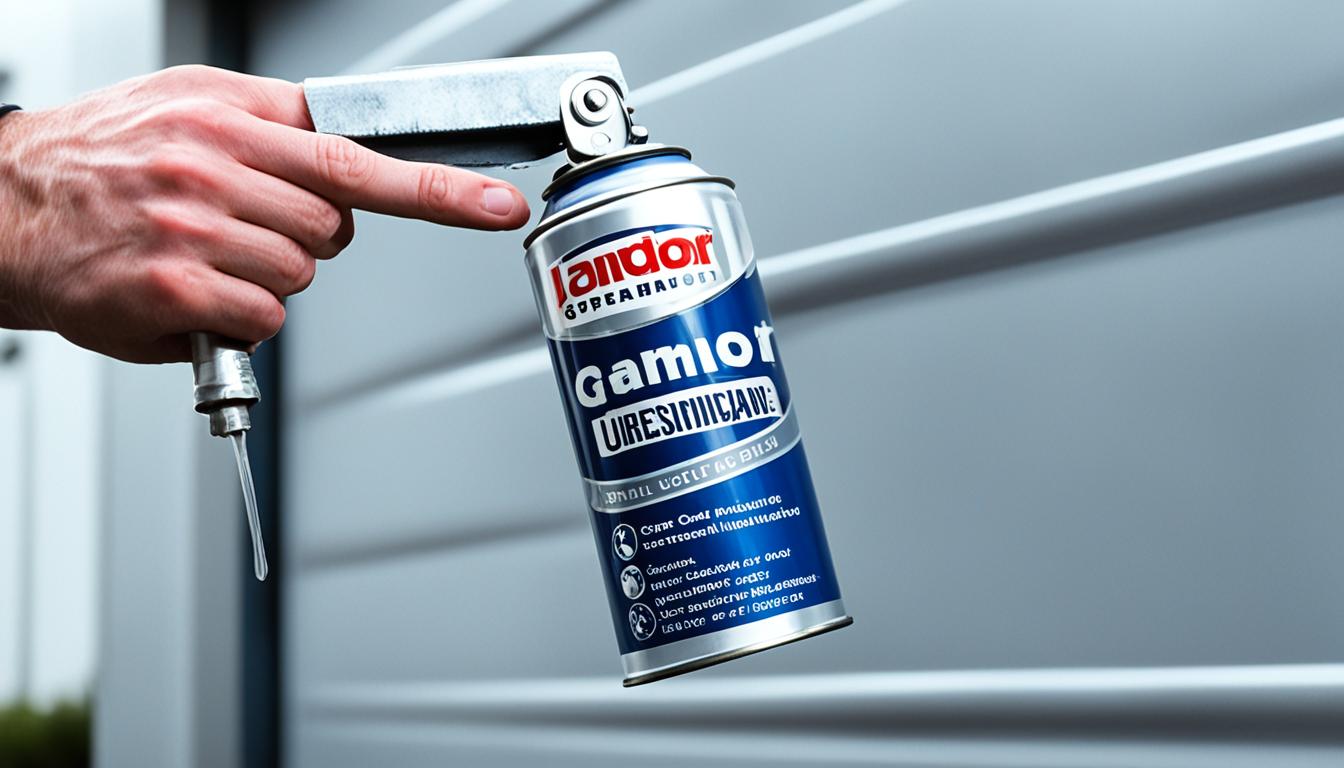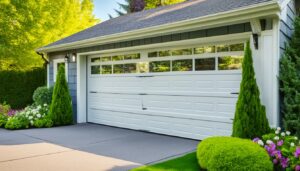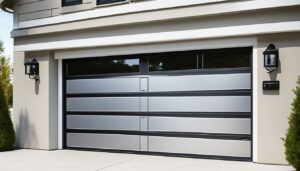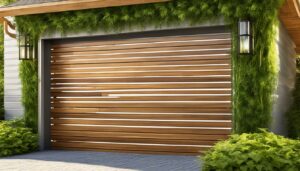Garage doors are often taken for granted until they stop working properly. By performing regular maintenance, homeowners can ensure that their garage doors continue to function smoothly. This guide provides essential tips and techniques for maintaining a garage door to promote longevity and prevent costly repairs. From cleaning the tracks to lubricating moving parts, inspecting safety features, and tightening loose bolts, these maintenance practices are crucial for the smooth operation and safety of your garage door. Regular garage door maintenance is essential for prolonging its lifespan, while opting for eco-friendly garage doors contributes to sustainable living practices.
Garage door maintenance is more than just a periodic check-up; it’s a proactive approach to preserving the functionality and safety of your garage door system. Regular maintenance routines encompass various tasks such as lubricating moving parts, inspecting springs and cables, testing safety features like sensors and auto-reverse mechanisms, and ensuring that tracks and rollers are clean and aligned. These efforts not only keep the garage door operating smoothly but also prevent unexpected breakdowns that can lead to costly repairs and inconvenience.
Key Takeaways:
- Regular maintenance is essential for the longevity and proper functioning of a garage door
- Cleaning and inspecting the garage door components are important
- Proper lubrication of moving parts reduces friction and prevents wear and tear
- Checking and adjusting safety features ensures protection for people and property
- Tightening loose bolts and nuts ensures stability and proper functioning of the door
Cleaning and Inspecting the Garage Door
Cleaning and inspecting your garage door regularly is a fundamental aspect of maintaining its functionality, appearance, and safety. These routine tasks not only enhance the curb appeal of your home but also contribute to the longevity of your garage door system.
One of the primary reasons to clean your garage door is to remove dirt, grime, and debris that can accumulate over time. This buildup not only affects the aesthetic appeal of your garage door but can also lead to operational issues if left unchecked. By cleaning the door surface, tracks, and hardware, you can prevent potential malfunctions and ensure smooth operation.
Regular cleaning and inspection are essential for maintaining the functionality and longevity of your garage door. By following a few simple steps and conducting routine inspections, you can identify and address potential issues before they escalate into costly repairs.
Cleaning Garage Door Components
Start by cleaning the various components of your garage door to ensure smooth operation. Use a soft cloth or sponge and mild detergent to clean the door panels, removing any accumulated dirt or grime. Pay special attention to the bottom of the door where debris tends to accumulate. Rinse thoroughly with water and dry with a clean cloth to prevent water spots.
Next, clean the tracks to ensure the door moves easily along them. Use a damp cloth or brush to remove any accumulated dirt, dust, or rust. Wipe the tracks clean and make sure there are no obstructions that could hinder the door’s movement.
Garage Door Inspection Checklist
Regular inspection of your garage door is crucial for spotting any signs of wear and tear. Use the following checklist to guide your inspection:
- Check for rust or corrosion on metal components, such as springs, cables, and hinges. If you notice any rust, use a wire brush to remove it and consider applying a rust-resistant coating.
- Inspect the rollers and tracks for any damage, such as cracks or bends. Damaged rollers and tracks can lead to improper functioning or noisy operation.
- Examine the weatherstripping around the bottom of the door and replace it if it shows signs of wear or damage. Weatherstripping helps prevent drafts and keeps your garage insulated.
- Test the balance of the door by disconnecting the opener and manually raising and lowering it. If the door doesn’t stay in place when partially open, it may be out of balance and require adjustment.
- Check the cables for any fraying or signs of wear. Damaged cables can cause the door to operate unevenly or become unstable.
Garage Door Balance Testing
Testing the balance of your garage door is an important maintenance task that helps prevent strain on the opener and ensures smooth operation. To perform a balance test:
- Start with the door fully closed and disengage the opener by pulling the release lever or cord.
- Lift the door manually to about halfway open and let go. The door should stay in place without falling or rising significantly.
- If the door doesn’t remain balanced, it may be out of alignment or have worn-out springs. In such cases, it’s best to consult a professional garage door technician for further inspection and adjustment.
Regularly cleaning and inspecting your garage door helps maintain its functionality, prevents potential problems, and extends its lifespan. By following these cleaning and inspection practices, you can ensure that your garage door operates smoothly and safely for years to come.
Lubricating Moving Parts
Lubricating moving parts is a critical aspect of garage door maintenance that can significantly extend the lifespan and improve the performance of your garage door system. This process involves applying lubricant to various components such as rollers, hinges, tracks, and springs to reduce friction and prevent wear and tear.
One of the primary benefits of lubricating moving parts is the smooth operation it ensures. Over time, dust, dirt, and debris can accumulate on these components, leading to increased friction and resistance when the garage door is in use. Lubrication helps to eliminate these issues by creating a protective layer that allows the parts to move freely and effortlessly. This not only makes opening and closing the garage door quieter but also reduces strain on the motor and other mechanical components.
Proper lubrication is essential for maintaining the optimal performance and longevity of your garage door. By regularly lubricating the moving parts, you can prevent friction, wear and tear, and even rust formation. Here are some important tips to keep in mind when lubricating your garage door:
1. Choose the Right Lubricant
Use a lubricant specifically designed for garage doors to ensure effective lubrication. Avoid using heavy oils or grease, as they can attract dust and grime, leading to further issues. Look for a silicone-based or lithium-based lubricant that is recommended for garage doors.
2. Identify the Key Areas
Focus on lubricating the metal rollers, hinges, and tracks of your garage door. These components experience the most friction and require regular lubrication to maintain smooth operation. Apply a small amount of lubricant to each moving part, ensuring even coverage.
3. Don’t Overdo It
Remember that a little goes a long way when it comes to lubricating your garage door. Apply a thin, even layer of lubricant to prevent excess buildup. Too much lubrication can attract dust and debris, leading to clogged tracks and compromised performance.
4. Regular Garage Door Maintenance
Make lubricating the moving parts of your garage door a part of your regular maintenance routine. Aim to lubricate every six months or as needed, depending on the frequency of use and the conditions in your garage. This will help keep your garage door operating smoothly.
Regularly lubricating the moving parts of your garage door is a simple yet crucial maintenance task. It helps prevent unnecessary wear and tear, ensures optimal performance, and extends the lifespan of your garage door. By following these tips, you can keep your garage door running smoothly for years to come.
Checking and Adjusting Safety Features
Ensuring the safety of your garage door is of utmost importance to protect both people and property. Regularly testing the safety features is crucial for maintaining a secure environment around the garage door.
One essential safety feature to check is the auto-reverse mechanism. This mechanism should cause the door to stop and reverse immediately if it encounters an object in its path. To test this feature, place a solid object, such as a brick or a block of wood, in the path of the closing garage door. If the door does not reverse upon contact with the object, it indicates a safety test failure.
If the safety test fails, it is important to contact a professional to service the garage door opener. These professionals have the expertise to troubleshoot and resolve any issues with the safety features, ensuring optimal performance and safety.
Additionally, it is essential to adjust the sensitivity and force settings of the garage door opener. The sensitivity controls how much force the opener applies when closing the door, while the force setting determines how much force is required to stop the door from closing. Adjusting these settings ensures that the door operates smoothly and that an appropriate amount of force is applied for the door’s weight and size.
Regularly checking and adjusting these safety features is vital for the smooth and safe operation of your garage door.
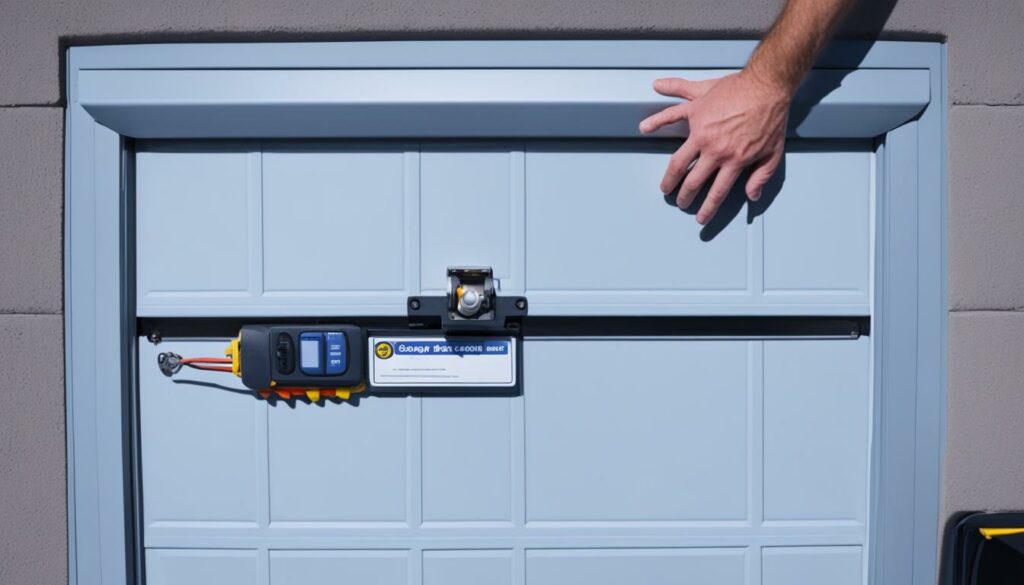
Key Points:
- Test the auto-reverse mechanism by placing a solid object in the path of the closing door.
- Contact a professional if the safety test fails.
- Adjust the sensitivity and force settings of the opener for smooth and safe operation.
Tightening Loose Bolts and Nuts
Over time, the bolts and nuts that hold the garage door together can become loose due to the forces exerted on the door during opening and closing. Regularly checking and tightening these loose bolts and nuts prevents further damage and ensures the stability and proper functioning of the door.
It is recommended to use a socket wrench or wrench for this maintenance task. By taking the time to inspect and tighten the bolts and nuts, homeowners can avoid potential issues such as misaligned tracks, uneven weight distribution, or noisy operation.
When tightening the bolts and nuts, it is important to apply the correct amount of torque without over-tightening, as this can cause damage to the components or affect the smooth movement of the garage door. If you are unsure about the appropriate torque, consult the manufacturer’s recommendations or seek professional assistance.
Regularly including this simple task in your routine garage door maintenance can go a long way in ensuring the longevity and reliable performance of your garage door.
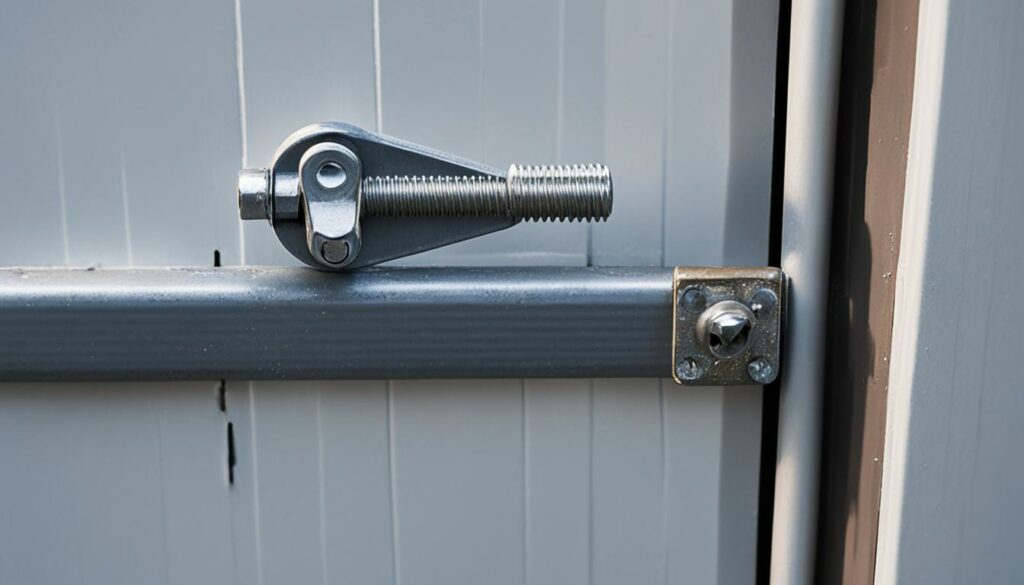
Advantages of Regularly Tightening Loose Bolts and Nuts:
- Enhances the stability and balance of the garage door.
- Prevents further damage to the door due to loose components.
- Reduces the risk of misaligned tracks or uneven weight distribution.
- Minimizes noise and ensures smooth operation of the garage door.
| Tools | Recommended Frequency |
|---|---|
| Socket wrench or wrench | Every 6 months |
Replacing Wear and Tear Components
Garage door springs and panels are vital components that endure significant wear and tear over time, impacting the smooth operation of the door. Recognizing the signs of worn-out springs or damaged panels is crucial to maintain the functionality and safety of your garage door. If you experience difficulty in opening or closing the door, notice unusual noises during operation, or observe visible fraying or rust, it may be time to consider replacing these components.
Replacing wear and tear components is a critical aspect of maintaining the functionality and safety of your garage door. Over time, various parts of the garage door system can experience wear and tear due to frequent use, exposure to weather conditions, and other factors. Addressing these issues promptly through regular inspections and replacements can prevent more significant problems and ensure the longevity of your garage door.
When it comes to replacing garage door springs or panels, it is essential to approach the task with caution due to the high tension involved. It is highly recommended to seek professional assistance from a qualified technician who possesses the necessary expertise and tools to handle these components safely. They will diagnose the issue, recommend suitable replacement parts, and ensure proper installation to restore the smooth and reliable operation of your garage door.
By addressing wear and tear components promptly, you can avoid further damage to your garage door and prevent potential safety hazards. Trusting the expertise of professionals guarantees peace of mind, as they adhere to proper safety protocols during the replacement process.
Conclusion
Regular maintenance is the key to ensuring the longevity and proper functioning of your garage door. By following the recommended maintenance practices, such as cleaning and inspecting the door, lubricating moving parts, checking and adjusting safety features, tightening loose bolts and nuts, and replacing worn-out components, you can prevent costly repairs and ensure the safety and smooth operation of your garage door.
It is important to schedule routine professional servicing for thorough inspections and expert advice on maintaining the functionality of your garage door. Professional technicians are equipped with the knowledge and expertise to identify potential problems and address them before they become major issues.
With proper preventative maintenance, your garage door can last for many years, providing you with convenience and security. By taking the time to perform routine maintenance tasks and seeking professional assistance when needed, you can save yourself time, money, and headaches in the long run. So, make preventive maintenance a priority and enjoy the benefits of a well-maintained garage door.
FAQ
Why is regular maintenance important for garage doors?
Regular maintenance is important for garage doors because it promotes longevity and prevents costly repairs. By performing routine maintenance, homeowners can ensure that their garage doors continue to function smoothly and safely.
How often should I clean and inspect my garage door?
It is recommended to clean and inspect your garage door at least once every three months. This ensures that the tracks are clear of debris and rust, and allows you to identify any signs of wear and tear before they become major problems.
What should I use to lubricate the moving parts of my garage door?
It is important to use a lubricant specifically designed for garage doors. Avoid using heavy oils or grease, as they can attract dust and grime. Apply the lubricant to the metal rollers, hinges, and tracks to reduce friction and prevent wear and tear.
How often should I test the safety features of my garage door?
It is recommended to test the safety features of your garage door at least once every three months. This includes checking the auto-reverse mechanism, which should cause the door to stop and reverse if it encounters an object in its path.
What should I do if my garage door fails the safety test?
If your garage door fails the safety test, it is important to contact a professional to service the garage door opener. They will be able to identify and fix any issues with the safety features to ensure the proper functioning and safety of the door.
How often should I check and tighten loose bolts and nuts on my garage door?
It is recommended to check and tighten loose bolts and nuts on your garage door at least once every six months. This prevents further damage and ensures the stability and proper functioning of the door.
When should I consider replacing the springs and panels of my garage door?
You should consider replacing the springs and panels of your garage door if you experience difficulty in opening or closing the door, hear unusual noises during operation, or notice visible signs of wear and tear such as fraying or rust. It is important to seek professional assistance for the replacement of these components, as handling garage door springs can be dangerous due to the high tension they operate under.

